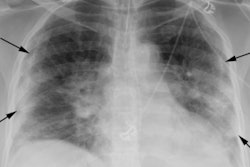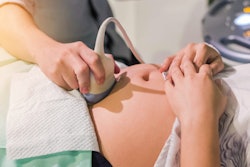Dear AuntMinnieEurope Member,
COVID-19-guideline mania has gripped the international imaging community since early spring. Everyone's had a go, it seems, and given the lack of consistency, clarity, and uniformity of these guidelines, it's not surprising that they've ended up causing confusion.
This situation has contributed to wide variations in imaging modality use, according to the authors of a new global survey. The two informative map charts they've created speak volumes. Don't miss our news report, posted in the CT Community.
A second important COVID-19 study was published on Tuesday. The large French survey not only identified high levels of insomnia, anxiety, and depression among radiologists but also revealed a lack of support for staff in private hospitals. This appears to be mainly due to the lack of recognition given to the contribution of these workers. Clearly there's scope for improvement here, and it's a positive sign that this topic is to be addressed at next month's French national radiology congress.
Another news story to break this week was about a media report of more than 2,000 unchecked scan results that allegedly led to the death of a baby girl at a hospital in New South Wales, Australia. In our report, we present analysis from two experts about how and why this happened.
A major challenge in developing artificial intelligence algorithms is having access to a large image dataset with high-quality labels for training. A Swiss team found a way around that problem while developing deep-learning models to detect stroke lesions on MRI. Go the Artificial Intelligence Community to learn more.
Finally, if you thought Brexit was yesterday's news, then think again. The U.K. has unveiled details about the rules covering medical devices from 1 January 2021, and regulatory expert Mike Pogose has presented a personal view of the implications for industry and end users.



















